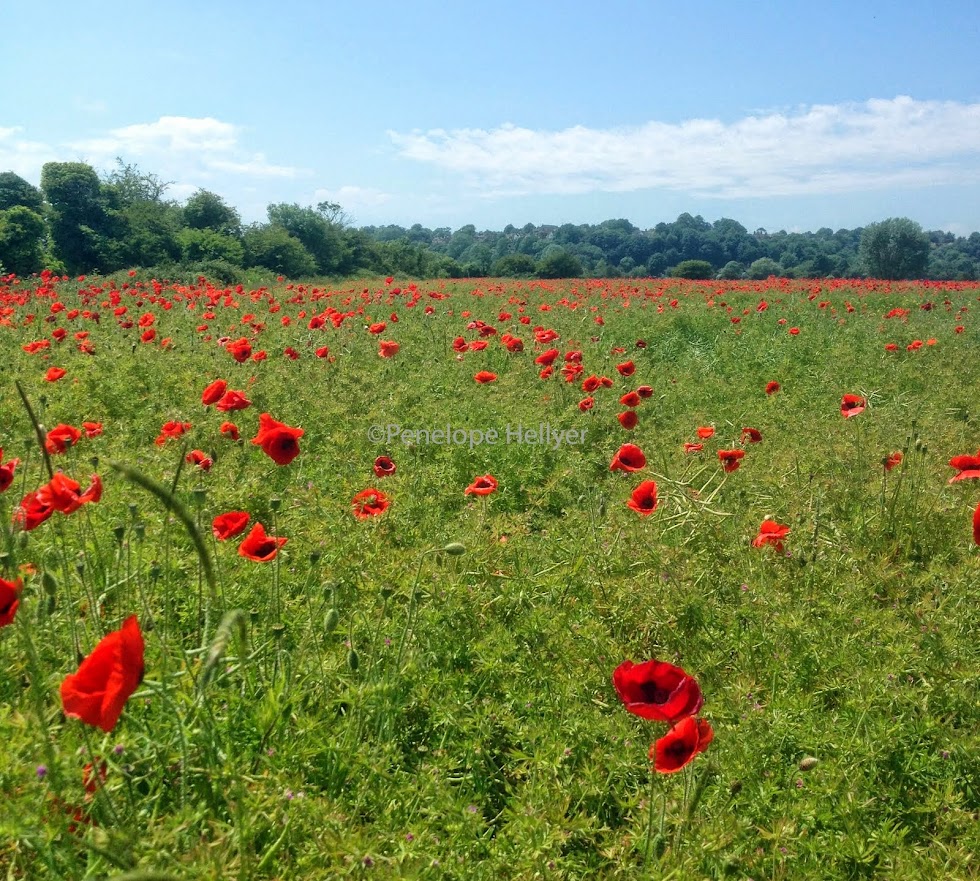
Many years ago I read (sadly I don't remember where), that as an 'immature' gardener, yellow would be a favourite colour and as you 'matured' you would forget yellow in your garden scheme.
I can only say I never matured. I love yellow, every shade of it. Lemon, pale, marmalade (lemon of course), deep, vibrant - the old cliché 'it makes me smile' comes to mind - and it does, the colour makes me feel warm, content and happy.
A 'mature' gardening colleague hated my love of yellow, more so the tendency to mix it with pink. That memory leaves me with a grin on my face.
A low hedge of golden-leaved origanum, tumbled across a wood chip path, behind which grew a row of clove pinks. She (above mentioned 'mature' gardening colleague) refused to weed this part of the garden, declaring it vulgar. Hey-Ho.
I recall her name each every time I see a mix of yellow and pink in the wild, verges alive with the glorious clashes of nature, and think what do you know.
















